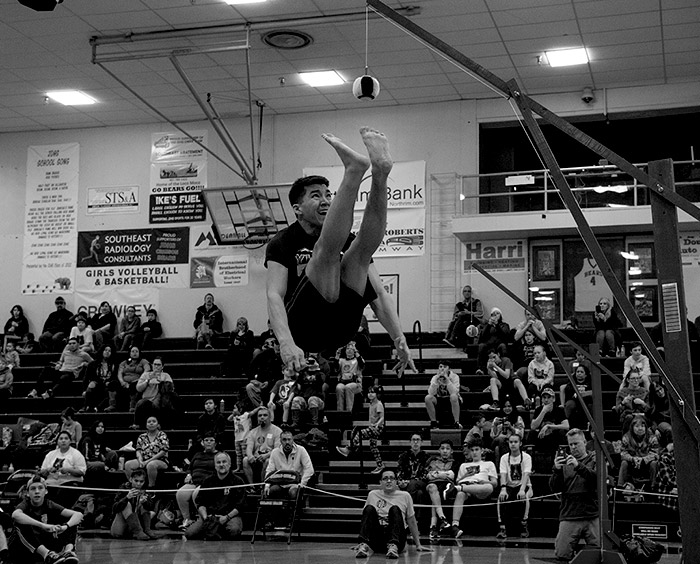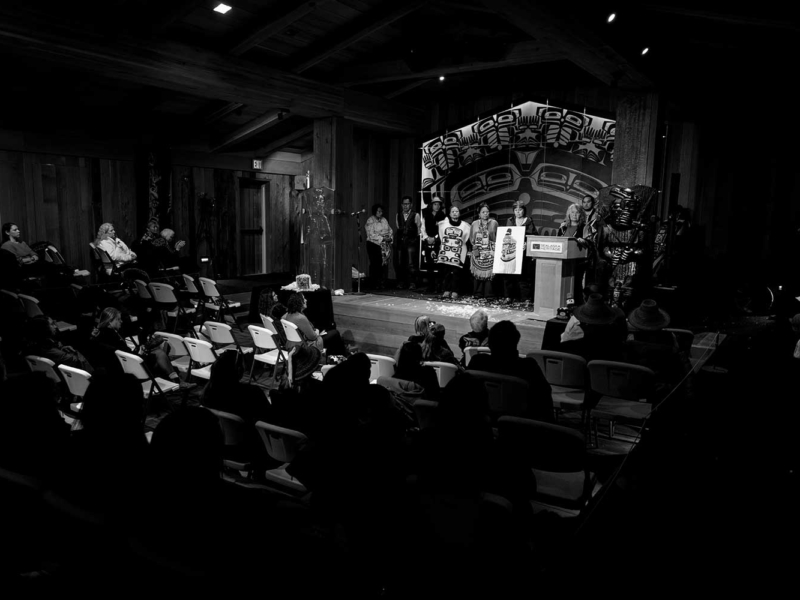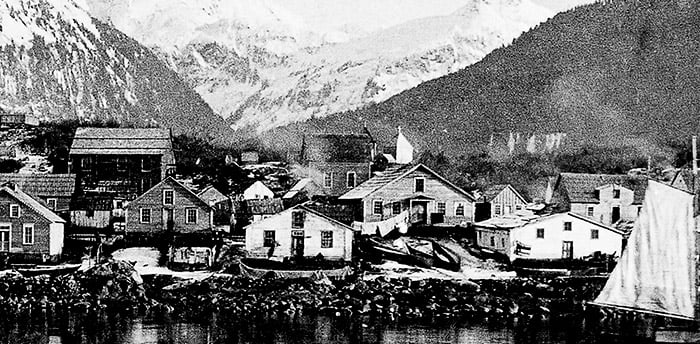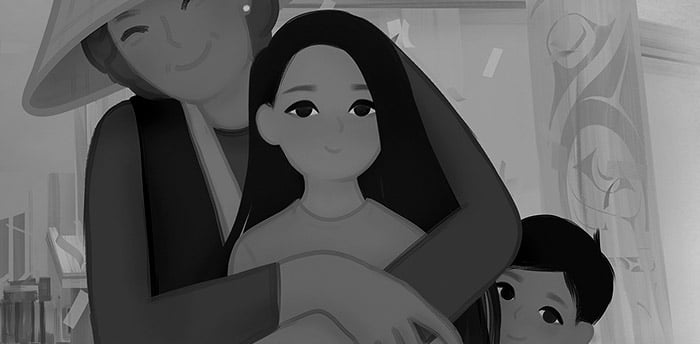SHI Traditional Alaskan Games – Juneau Alaska
Sealaska Heritage Institute Press Release
SEVENTH ANNUAL TRADITIONAL ALASKAN GAMES TO KICK OFF THIS WEEKEND ...
SHI Lectures – SE Alaska Native Languages
Sealaska Heritage Institute Press Release
SHI TO SPONSOR LECTURE SERIES ON SOUTHEAST ALASKA NATIVE LANGUAGES
Free ...
SHI publishes about slavery in Alaska
Cover of “Sah Quah.” Photo courtesy of SHI. Note: news outlets are welcome to ...
Baby Raven Reads Book Wins Award from AILA
Cover of “Celebration,” one of SHI’s Baby Raven Reads books. Note: news outlets ...



